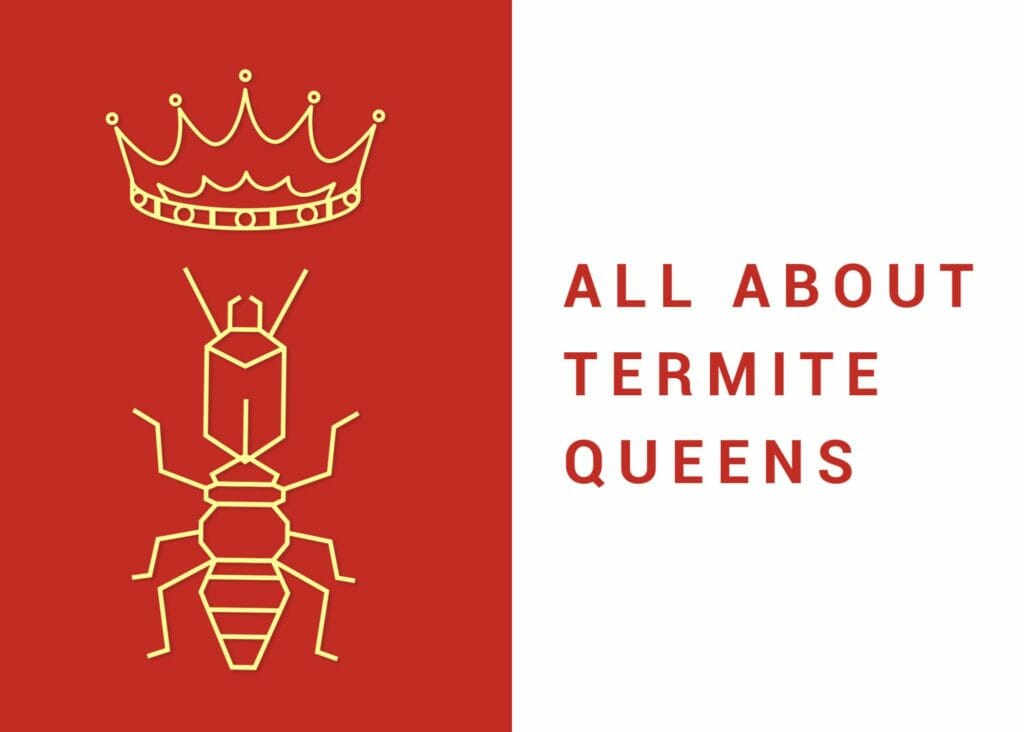Termite colonies can spread rapidly from property to property, causing thousands of dollars in damage to houses along the way. But, where do termite colonies get their power? Who controls them? The answer: the termite queen.

What do termite queens look like?
Termite queens don’t look very similar to other termites. While queens start their life the same size as any other termite, they quickly change. Termite colonies have several castes, or roles. There are the workers, the breeding alates and then the king and queen. The alates are the termites that will fly away from the existing termite nest to establish their own colonies. Once they have found a suitable place to live, the alates will shed their wings and the future queen and a male will burrow into the ground to begin to reproduce.
At this point, the queen’s skin elongates and becomes translucent, allowing a view into her egg chamber. She quickly goes from roughly the size of a dime to the size of a human finger, and no longer resembles the shape of her subjects.
Once she has grown to her full size, the termite queen can no longer move, so the entire termite nest is built around her. The queen provides nutrients to her offspring while the worker termites tend to her eggs and larvae. Eventually, these baby termites will mature and head off to start their own colonies.
How many eggs can a termite queen lay?
Termite queens are capable of producing mass quantities of eggs. Some termite queens can lay 30,000 eggs in a single day. Queens can live for many years, and have been known to produce around 165 million eggs before dying. A queen will produce eggs at her peak performance for about seven to ten years. Because of this high rate of reproduction, a colony of 1,000 workers can grow to 300,000 workers in about five years. Termite queens have a lifespan of between 25-30 years.
Do termite queens eat wood?
A termite queen is fed by her workers. Worker termites venture outside of the colony and feed on wood, turning the wood into cellulose. This cellulose is brought back to the colony to feed the queen.
What happens when the termite queen dies?
Termite queens produce a pheromone that stops the rest of the colony from reproducing. When a queen dies, this pheromone stops and a new queen will develop in the colony.
Termite Control
If you believe you have a termite infestation, call a professional. It takes a licensed, trained professional to spot termite damage. Termites seldom break through the surface of wood but instead hollow it out from the inside, leaving most of the damage undetected. Our experts at Dodson Pest Control are trained in identifying and treating termite colonies. Contact us today to set up your free inspection.
